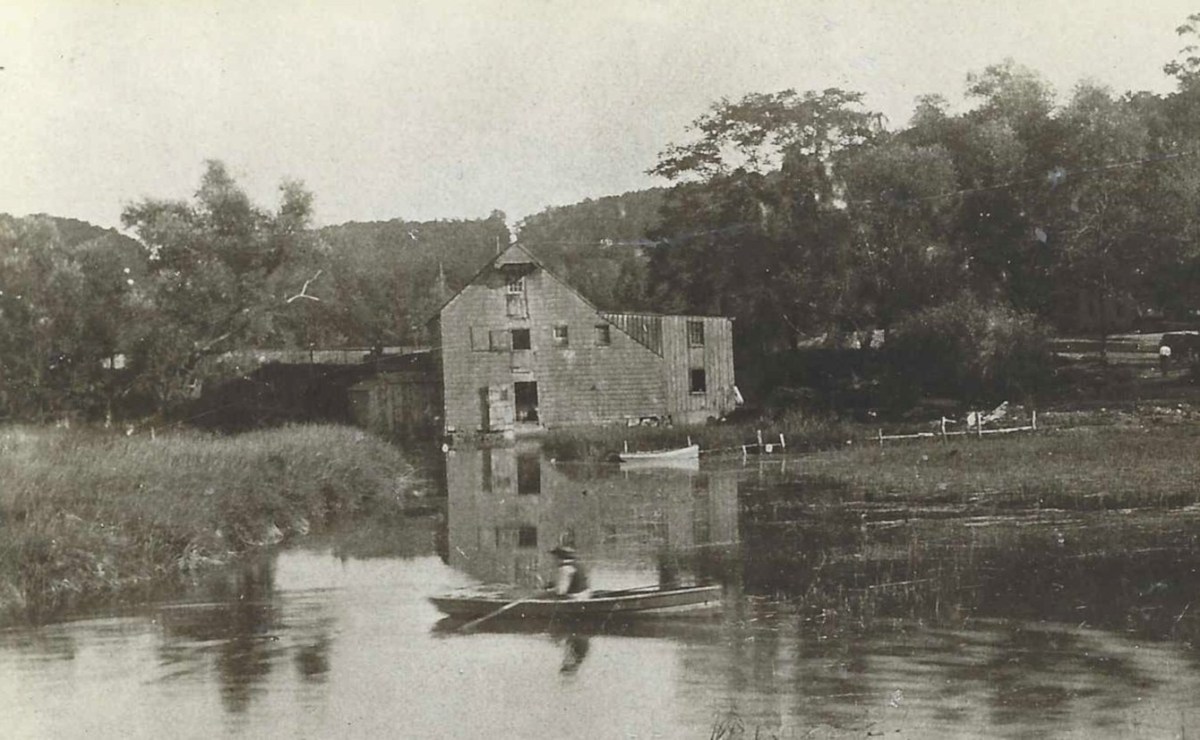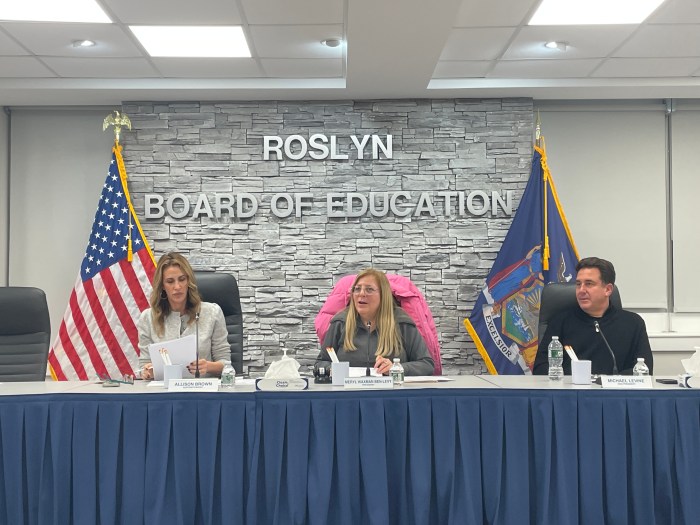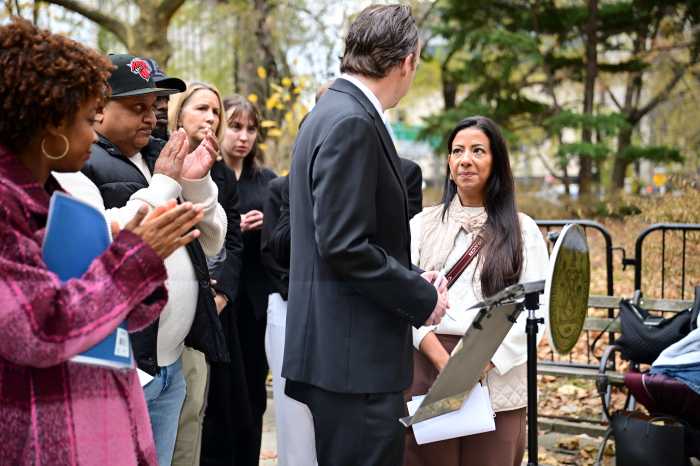By Sydney Spier
When people are asked where the “Underground Railroad” was, they often immediately tell you that it was in the southern states of America. But contrary to this popular belief, the network continued far up North to New York and even on Long Island—including a stop at the Roslyn Grist Mill.
Established in the 18th century, the Underground Railroad was a network of passageways, secret routes, and safe houses to help guide runaway African American slaves to freedom. As to how this system actually worked, a variety of people, including white Quakers, farmers, abolitionists, and even former slaves, worked together to help these runaways reach freedom.
The Underground Railroad had no specific “starting point” as it ran through southern slave states all the way up towards the North. The ultimate goal was to enable escape into either free northern states or Canada.
So, how did Roslyn become involved? From 1849 to 1916, the Grist Mill located on Old Northern Boulevard in Roslyn was owned and operated by members of the Hicks Family, specifically Benjamin D. Hicks.
The Hicks family shared a long history of aiding runaway slaves. Benjamin’s uncle, Robert Hicks, was known for leading fearless efforts in assisting runaway slaves. He provided them with shelter, food, and a safe route out.
There were Underground Railroad stops across Nassau County, mainly in Westbury and Jericho, but to ultimately escape, runaways likely had to sail out of the Long Island Sound and continue their travel to the North.
This led them to the Roslyn Grist Mill due to its strategic location at the head of Hempstead Harbor, flowing out into the Long Island Sound, and giving way to the Atlantic Ocean and a means to get to even further Northern destinations.
According to professor Kathleen G. Velsor in her book, “The Underground Railroad on Long Island: Friends in Freedom,” Benjamin Hicks and local Quakers assisted the escapees by leading them at night to an awaiting boat behind the mill. During high tide, the boat would quietly set sail and carry these passengers across the Long Island Sound.
The Grist Mill was not the only spot in Roslyn that helped out the Underground Railroad. It is believed that houses on Main Street may have had secret hideout rooms where runaways sought shelter before sailing out from the grist mill under the cover of darkness.
At different points in its history, the Roslyn Grist Mill served as an operating water mill, a tea house, and played a pivotal role in Long Island’s Underground Railroad, leaving it with an enduring significance that should be recognized and honored.
Sydney Spier is a student at Roslyn High School and a Roslyn Landmark Society intern currently serving as the Society’s “Young Historian,” in collaboration with Blank Slate (now Schneps) Media.
































